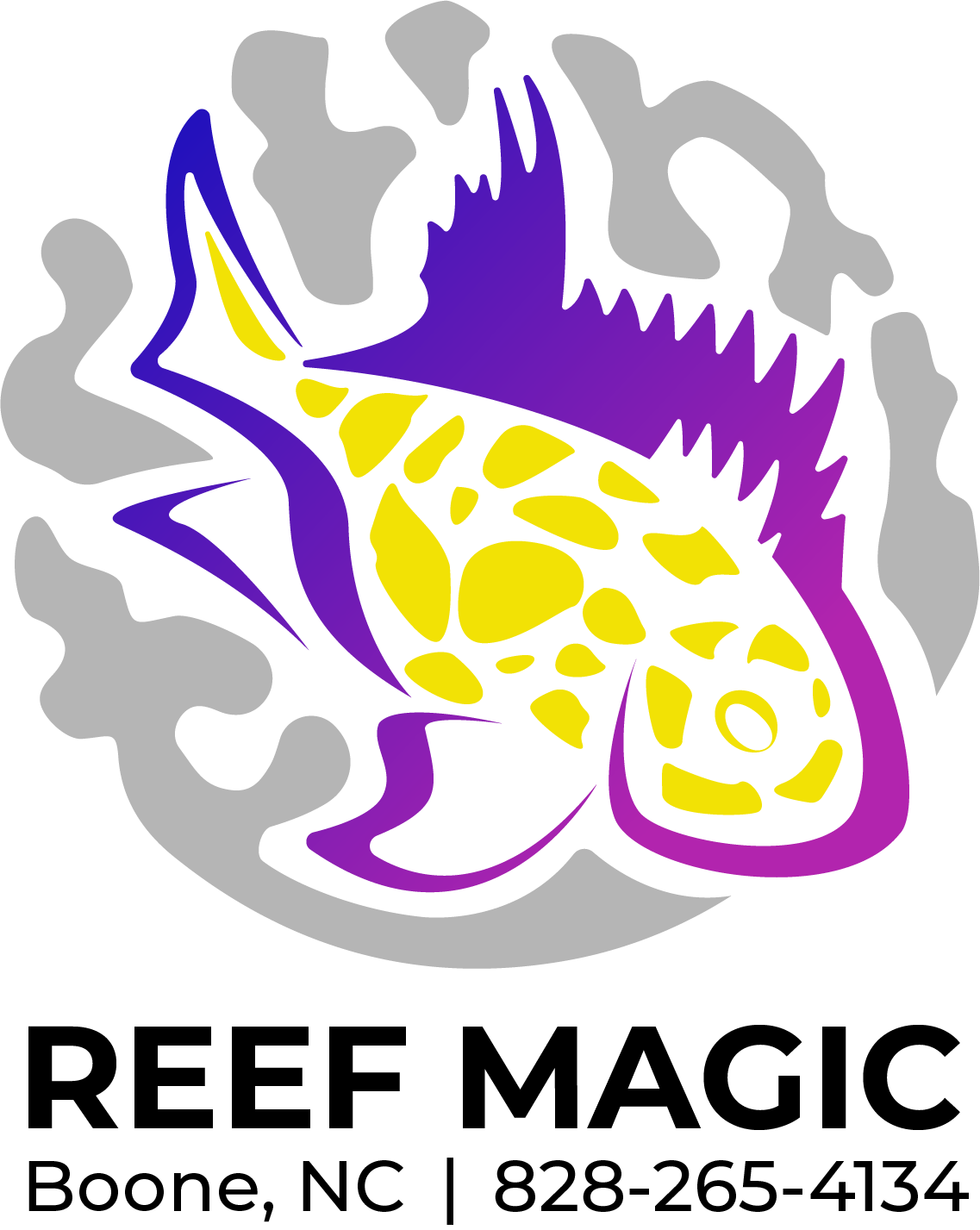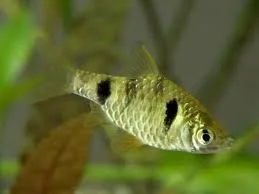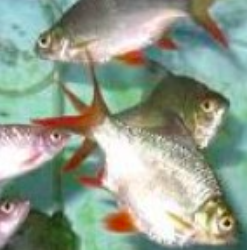 Image 1 of 1
Image 1 of 1


Barb- Albino Arulius
The "barb albino arulius" refers to the albino variety of the Arulius Barb (Dawkinsia tambraparniei), a peaceful, schooling fish that grows to about 5 inches long. They are energetic and social, so they should be kept in groups of 5-10 or more in a tank of 55 gallons or larger. It is best to avoid keeping them with aggressive or fin-nipping species.
General characteristics
Size: Up to 5 inches long
Color: Albino variety of the Arulius Barb, which is typically silver to gold with a black lateral line
Temperament: Peaceful, active, and social
Tank size: A 55-gallon tank or larger is recommended for a school
Social needs: They are schooling fish and thrive in groups of 5 or more. A group of 8-10 is ideal.
Tank mates: Keep them with other small, peaceful species. Avoid housing them with aggressive or fin-nipping fish, as this can cause stress and fin damage.
Diet: They are omnivores and will accept high-quality flake food, supplemented with live or frozen options like brine shrimp and bloodworms.
Water conditions: They prefer moderate water hardness and temperatures between
19°C19 degrees cap C19°𝐶 to 25°C25 degrees cap C25°𝐶 (66°F66 degrees cap F66°𝐹 to 77°F77 degrees cap F77°𝐹).
Breeding: They are egg-scatterers and require a spawning mop or fine-leaved plants. It is best to remove the adults after spawning, as they will eat their own eggs and fry.
The "barb albino arulius" refers to the albino variety of the Arulius Barb (Dawkinsia tambraparniei), a peaceful, schooling fish that grows to about 5 inches long. They are energetic and social, so they should be kept in groups of 5-10 or more in a tank of 55 gallons or larger. It is best to avoid keeping them with aggressive or fin-nipping species.
General characteristics
Size: Up to 5 inches long
Color: Albino variety of the Arulius Barb, which is typically silver to gold with a black lateral line
Temperament: Peaceful, active, and social
Tank size: A 55-gallon tank or larger is recommended for a school
Social needs: They are schooling fish and thrive in groups of 5 or more. A group of 8-10 is ideal.
Tank mates: Keep them with other small, peaceful species. Avoid housing them with aggressive or fin-nipping fish, as this can cause stress and fin damage.
Diet: They are omnivores and will accept high-quality flake food, supplemented with live or frozen options like brine shrimp and bloodworms.
Water conditions: They prefer moderate water hardness and temperatures between
19°C19 degrees cap C19°𝐶 to 25°C25 degrees cap C25°𝐶 (66°F66 degrees cap F66°𝐹 to 77°F77 degrees cap F77°𝐹).
Breeding: They are egg-scatterers and require a spawning mop or fine-leaved plants. It is best to remove the adults after spawning, as they will eat their own eggs and fry.






